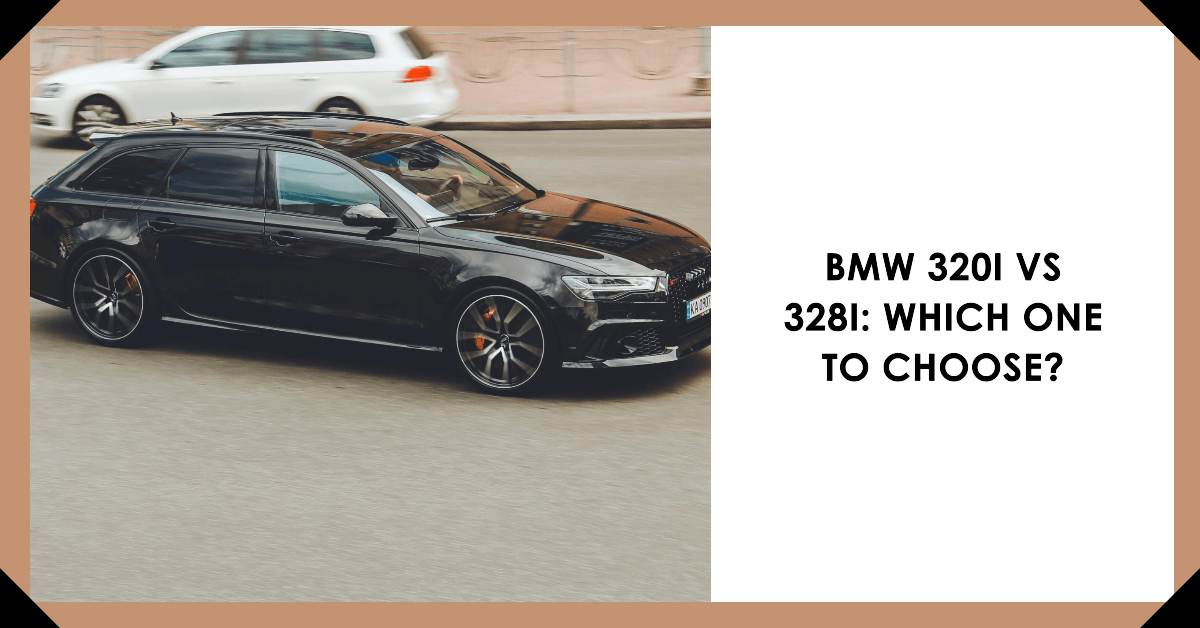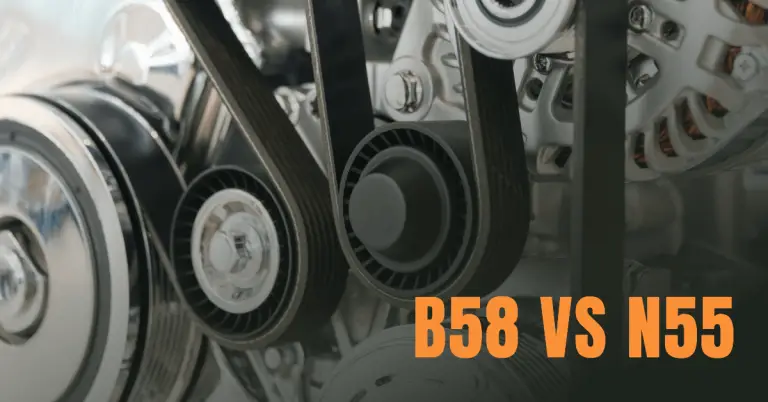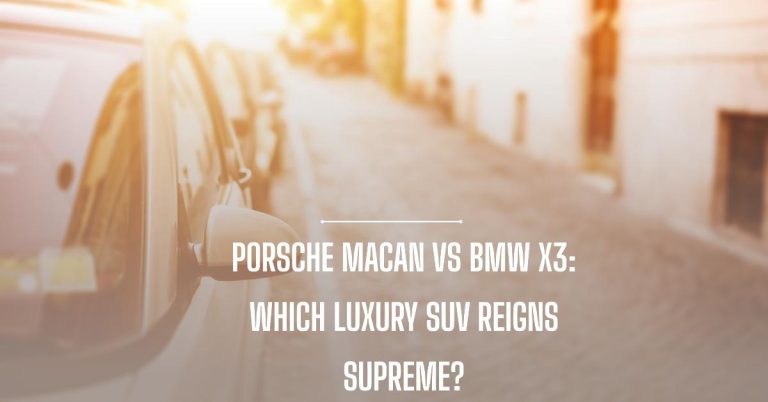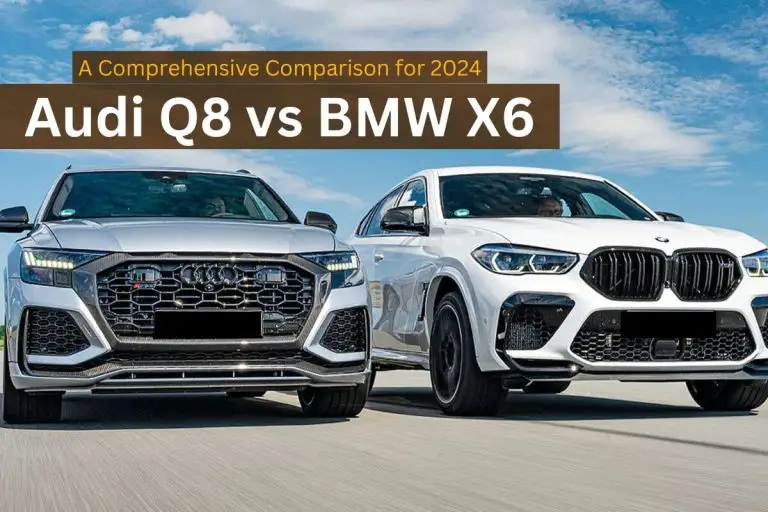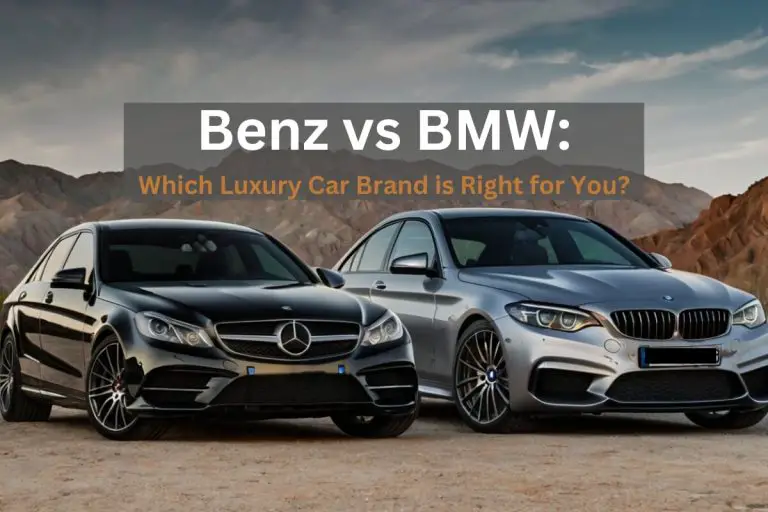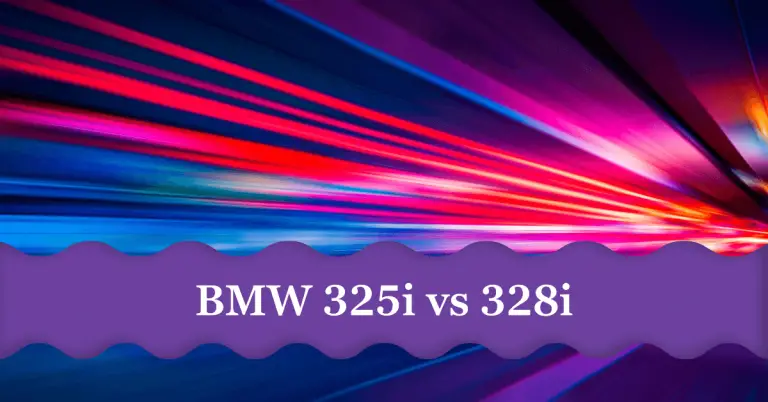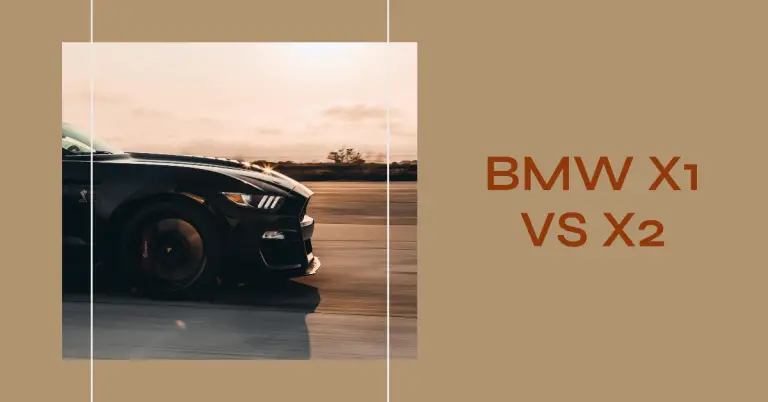BMW 320i vs 328i: Which Model is the Better Buy in 2023?
If you’re looking at buying a BMW 3 Series, two models you may be trying to choose between are the BMW 320i and 328i. The 320i and 328i are both great compact luxury sedans, but they have some key differences when it comes to price, performance, engine specs, fuel economy, dimensions, features and more.
This in-depth comparison of the 320i vs 328i will go over all the details on these two 3 Series models to help you decide which is the better fit for your needs and budget. We’ll compare the BMW 320i and 328i on:
- Price
- Performance and Engine
- Fuel Economy
- Exterior Dimensions
- Interior Space and Seating
- Technology and Features
After reviewing the 320i and 328i side-by-side on these key factors, you’ll have a clear sense of which 2023 3 Series model is the better choice for you.
Price: How the 320i and 328i Compare
One of the biggest considerations when choosing between the 320i and 328i is the difference in pricing. Here’s a look at the Manufacturer’s Suggested Retail Price (MSRP) for each base model:
- BMW 320i: Starts at $41,450 MSRP for the rear-wheel drive base model.
- BMW 328i: Starts at $48,550 MSRP for the rear-wheel drive base model.
So at base prices, the 328i costs about $7,100 more than the 320i. Both models offer all-wheel drive options which add to the MSRP.
The price gap widens further when you start adding options packages, technology upgrades, and premium interior and exterior features. For example, upgrading to the Premium Package on the 320i adds $2,500 to the price, while on the 328i it adds $3,400. The M Sport Package tacks on $5,000 for the 320i and $5,300 for the 328i.
While configured similarly, the 328i will ultimately cost around $8,000-$10,000 more than the 320i once you factor in options. Keep this price difference in mind as we compare what extra you get for the money with the 328i.
Performance and Engine: 320i vs 328i Power
One of the areas where the extra cost of the 328i shows up is in the increased performance and more powerful engine:
- BMW 320i Engine: 2.0-liter TwinPower Turbo 4-cylinder engine, 184 horsepower, 221 lb-ft torque
- BMW 328i Engine: 2.0-liter TwinPower Turbo 4-cylinder engine, 255 horsepower, 295 lb-ft torque
With its more robust 2.0L engine, the 328i offers over 70 more horsepower and 74 more lb-ft of torque than the 320i. The 328i’s engine gives it an advantage in acceleration and passing power.
Looking at acceleration, the 320i does 0-60 mph in an adequately quick 6.5 seconds. However, the 328i is able to make the 0-60 sprint in a faster 5.4 seconds.
So when you need power in a hurry, such as merging onto the highway, the 328i will feel much more responsive. The 328i’s extra punch makes it the clear winner when it comes to pure performance and driving enjoyment.
Fuel Economy: MPG for 320i vs 328i
While the 328i’s larger engine provides more thrilling performance, it does come at a slight cost when it comes to fuel efficiency. Here’s how the 320i and 328i compare on MPG:
320i MPG:
- City: 23 MPG
- Highway: 34 MPG
- Combined: 27 MPG
328i MPG:
- City: 22 MPG
- Highway: 32 MPG
- Combined: 26 MPG
The 320i manages to edge out the 328i when it comes to MPG, beating it by 1 MPG in both city and highway estimates. Over time those small differences can add up, especially for drivers who log a lot of miles in heavy traffic where city MPG matters most.
Both models have a 15.6 gallon gas tank. Given its MPG numbers, the 320i can drive about 391 miles on a full tank, while the 328i will do around 363 miles before needing to refuel.
If maximizing mileage is your priority, the 320i may be the smarter pick over the 328i. However, the 328i’s MPG is still very solid given its level of power and performance.
Exterior Dimensions: How Big are the 320i and 328i?
Since the 320i and 328i are both part of the 3 Series lineup, they have identical exterior dimensions for length, width, wheelbase and ground clearance:
- Length: 185.7 inches
- Width: 71.9 inches
- Wheelbase: 112.2 inches
- Ground Clearance: 5.5 inches
The only exterior difference is that the 328i weighs a little more at 3,527 lbs, versus 3,410 lbs for the 320i. This minor weight increase is likely due to the 328i’s larger engine and other performance components.
When it comes to size, the 320i and 328i offer the same nimble and sporty platform to work with. You’ll get the same great 3 Series handling and ability to maneuver tight spots with both models.
Interior roominess is also equal, which we’ll go over next. So the 328i’s extra performance doesn’t require any exterior size compromises.
Interior Space and Seating: Roominess of the 320i and 328i
Buyers often compare interior room when looking at sedans like the 320i and 328i. Here are the key front and rear seat dimensions:
Front Seats:
- Headroom: 40.3 inches
- Legroom: 42.0 inches
- Shoulder room: 54.6 inches
Rear Seats:
- Headroom: 37.6 inches
- Legroom: 35.2 inches
- Shoulder Room: 54.6 inches
The rear legroom is perhaps a little tight compared to rivals, but overall the 320i and 328i provide a cozy and comfortable cabin environment. Front seat dimensions are more generous, as is hip room in both rows allowing for three adults to sit comfortably side-by-side.
Both models offer the same trunk capacity as well – 17 cubic feet, which is about average for the segment. You can fold the rear seats down in a 40/20/40 split to accommodate longer cargo when needed.
In terms of interior space and seating configurations, the 320i and 328i are identical. You get seating for five and the same passenger volume with either model.
Technology and Features: What’s Standard and Available?
The 320i and 328i come relatively well-equipped at their base prices. Here are some of the standard tech and convenience features:
- 12.3” digital instrument cluster
- 10.25” central touchscreen display
- Wireless Apple CarPlay and Android Auto
- Wireless phone charging
- Satellite radio
- Automatic climate control
- Keyless entry
- Rain-sensing wipers
- Forward collision warning
- Lane departure warning
- Parking sensors
Available upgrades and package options add features like:
- Heads-up display
- 16-speaker Harman Kardon surround sound system
- Gesture controls
- Navigation
- Remote start
- Heated steering wheel
- Heated front seats
- Ventilated front seats
- Power rear sunshade
- Active driving assistants like blind spot monitoring, rear cross-traffic alert, adaptive cruise control, lane keep assist, automatic high beams, and more.
The 320i and 328i share all the same tech offerings. The only difference would come down to the trim-specific packages only being available on that model. But in terms of the latest BMW cutting edge tech, you get access to all of it with either 3 Series choice.
Both models also provide some unique customization through the BMW Individual program. This opens up exclusive paint colors, interior trims, wheel designs, and other styling upgrades to make your 3 Series truly one-of-a-kind.
BMW 320i vs 328i: Which Model is the Better Buy?
Now that we’ve run through an in-depth comparison on price, performance, fuel economy, size, seating, and features, it’s time to answer the key question: BMW 320i or 328i – which is the better choice?
Here’s a quick recap of the key differences between the 320i and 328i:
- Price: The 328i costs around $8,000 more than the 320i when similarly equipped.
- Performance: The 328i is the clear winner here with its more powerful engine, faster acceleration and passing power.
- Fuel Economy: The 320i gets slightly better MPG at 1 MPG combined higher than the 328i.
- Size and Interior Space: Identical dimensions and seating room.
- Features: Both offer the same tech and amenities with the 328i getting some extra standard features.
Given these factors, here are some final recommendations on which 3 Series model makes the most sense depending on your priorities:
- For a balance of performance and value, the 320i is a great option. You still get a quick, agile, luxury sedan at a more affordable price point than the 328i. The 320i makes for an excellent daily driver commuter car.
- If you want maximum power and acceleration, then the 328i is easily worth the extra cost. Car enthusiasts who really value high performance will prefer the 328i’s robust engine.
- Efficiency-focused drivers who want to maximize MPG savings should lean towards the 320i for the small but noticeable fuel economy advantage.
Both the BMW 320i and 328i are phenomenal compact luxury sports sedans. By weighing the key differences on price, performance and features, you can decide which 2023 3 Series model better fits your wants and budget.

